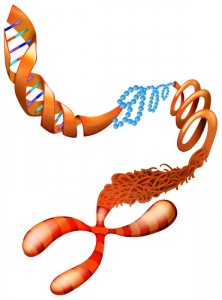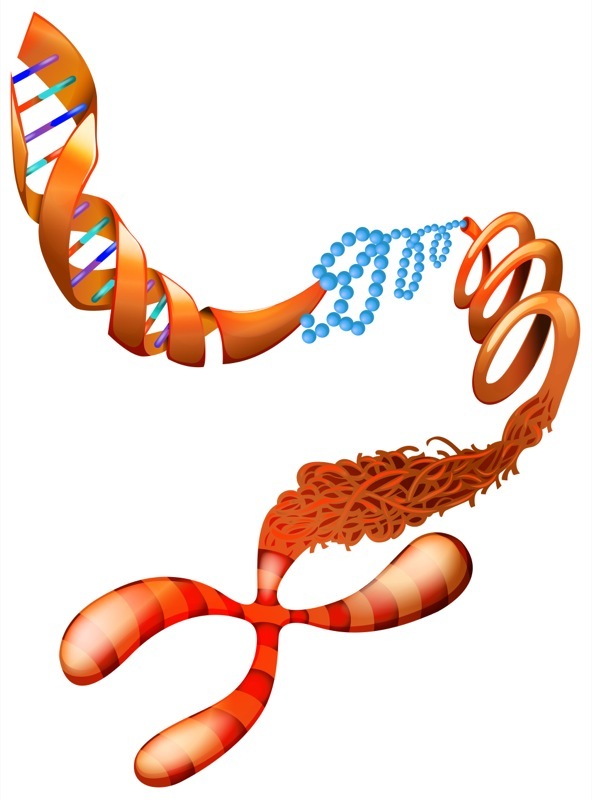 Researchers from the University of Leeds, have published a new study entitled “The effect on melanoma risk of genes previously associated with telomere length,” published in the Journal of the National Cancer Institute, where they found that buffers guarding against damage to the ends of chromosomes may provide answers towards a better understanding of malignant melanoma.
Researchers from the University of Leeds, have published a new study entitled “The effect on melanoma risk of genes previously associated with telomere length,” published in the Journal of the National Cancer Institute, where they found that buffers guarding against damage to the ends of chromosomes may provide answers towards a better understanding of malignant melanoma.
The strongest indicators of people who are at higher risk of developing melanoma are pigmentation and mole count, and it is common knowledge that people with fairer skin should take extra care in the sun, since they burn more easily.
Now, this research team has found that telomere length, regions at the end of chromosomes that buffer and protect against DNA deterioration and damage, could play an important risk factor towards melanoma development.
“Telomeres have been described as being like the plastic tips on shoelaces that protect the shoelace from fraying, just as telomeres protect chromosomes from degrading or fusing to one another. For the first time, we have established that the genes controlling the length of these telomeres play a part in the risk of developing melanoma. More research is needed to better understand the relationship between melanoma and telomeres, but learning more about how an individual’s genetic telomere profile influences their risk developing melanoma may help us. It will improve our understanding of melanoma biology and gives us a target towards developing potential treatments as well as potentially helping shape advice on what behavioral changes people might make,” Dr. Mark Iles, of the School of Medicine at the University of Leeds, and lead author of the research, explained in a Leeds University press release.
The research team genotyped 7 single nucleotide polymorphisms (SNPs) previously associated with mean leukocyte telomere length, in 11108 case patients and 13933 control patients from Europe, Israel, the United States and Australia. They then created a score that represented genetically-determined telomere length, finding that this score was strongly associated with melanoma risk. One in four people who are predicted to have the longest telomeres, have a 30% increased risk of developing melanoma, when compared to those who have the shortest telomeres.
These findings are the first to prove that multiple germline genetic determinants of telomere length influence cancer risk.
Dr. Kat Arney, science information manager at Cancer Research UK, which funded the research, added in the press release “This kind of research is vital if we’re to understand how people’s genetic makeup influences their risk of developing cancer. There’s a lot we still don’t understand about how telomere length is linked to cancer risk, but this new study is a step forward in unraveling the secrets of these unusual DNA structures.”


